Vancouver Canucks
Face of the Franchise
Canucks confirm September 20th scrimmage for training camp in Penticton
Source: https://canucksarmy.com/news/vancou...tember-20th-scrimmage-training-camp-penticton
The Vancouver Canucks have confirmed that they will hold their annual training camp scrimmage on Saturday, September 20th, in Penticton. In a press release detailing training camp ticket information, the club revealed the Saturday session will include the annual Blue-White battle at South Okanagan Events Centre, with the roster divided into two teams.
Earlier this summer, the hockey team announced the dates for camp without daily details.
Camp will consist of on-ice sessions on Thursday, September 18th, and Friday, September 19th. There is also expected to be a brief on-ice session on the morning of Sunday, September 21st. The Canucks open the preseason later that evening in Seattle.
The team announced this morning that tickets for training camp go on sale Tuesday, September 9th, at 10 am.
The cost to attend the Saturday scrimmage may come as a shock to the system for some. The Canucks have set the price for the Saturday session at $40 per ticket.
It will cost $13 to gain entry to the SOEC for the Thursday and Friday programs, and just $6.50 per person to enter the building on the final morning.
The Canucks are also making a select number of packages available to fans. Entire camp packs will sell for $62 while weekend packs will be on sale for $45.
Doors open at 9:00 am on Thursday, Friday, and Saturday, and at 8:30 am on Sunday.
A full roster and daily schedules will be released prior to the start of training camp.
While most of the Canucks veterans are already in town and skating at UBC, the only official team function between now and the start of training camp is Monday’s Jake Milford Golf Tournament at Northview Golf & Country Club in Surrey.
The team will also conduct a brief prospect camp next week before sending a group of players to games in Everett and Seattle against the Kraken’s top prospects on September 13th and 14th.
Source: https://canucksarmy.com/news/vancou...tember-20th-scrimmage-training-camp-penticton



